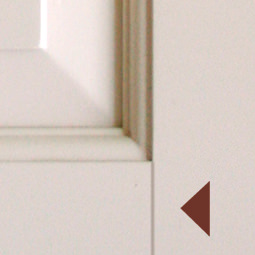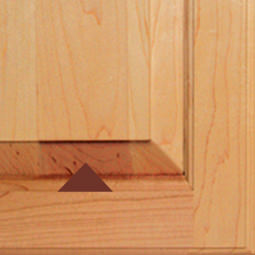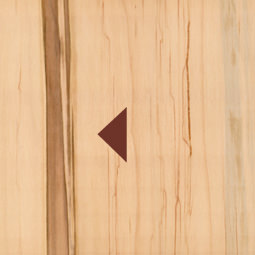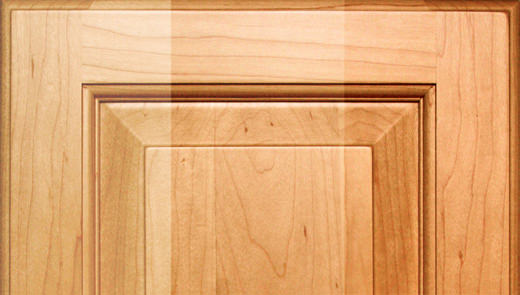Natural Expectations
Joint Lines
As an entirely natural material, wood is in a constant state of expansion and contraction. Because of this, hairline cracks at the joints on the finished surface of cabinet doors and frames may form. The appearance of these naturally-forming cracks will not diminish the strength of the joints, and are part of the normal settling process of finely-crafted wooden cabinetry. Doors with construction joints will conceal this issue.

End Grain
The end of fibres are more porous than other areas in wooden timber, and consequently absorb more stain, which can in turn cause a darker appearance. Potential variances in wood absorption cannot be prevented.

Mineral Streaks
Mineral deposits form in wood as trees extract nutrients from the surrounding soil. The deposits can cause blackish-blue streaks to appear in the grains of many different wood types. The streaks can appear lighter or darker depending on which type of finish is applied.

Aging
Many woods deepen and mellow as they age, bringing greater warmth to lighter-stained cabinetry, and increasing the depth beneath darker stains, this is more prevelant in cherry and pine.

